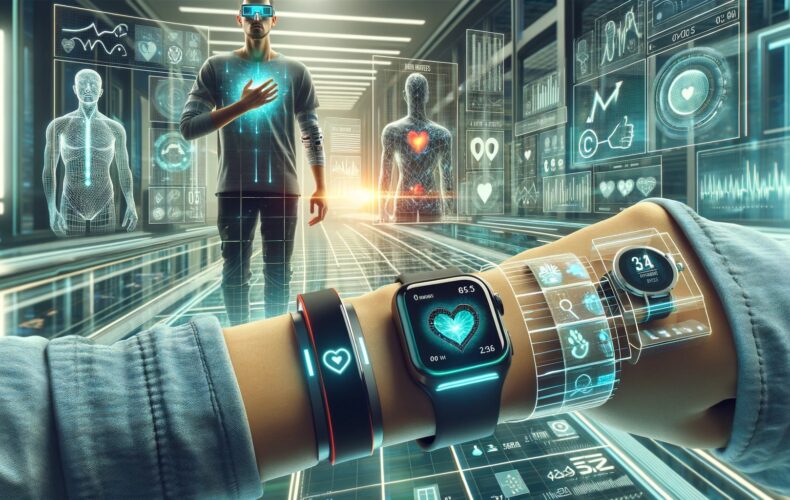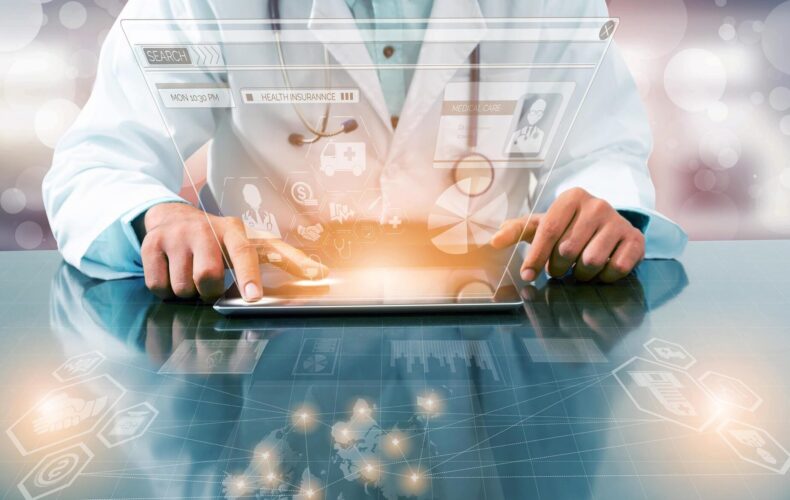In the realm of healthcare, a revolutionary shift is occurring with the advent of the Internet of Medical Things (IoMT). This phenomenon involves the integration of digital and medical technologies, encompassing a wide array of devices, software applications, and health systems and services. IoMT represents a fusion of telemedicine, web-based analysis, and IoT (Internet of Things) technologies, leading to more efficient and effective healthcare delivery.
The Impact of IoMT on Healthcare
Enhanced Patient Monitoring and Care
IoMT has significantly transformed patient monitoring and care. Wearable devices like heart rate monitors, fitness trackers, and smartwatches provide real-time data on a patient’s health status. This continuous monitoring helps in early detection of potential health issues, facilitating timely intervention.
Remote Healthcare Services
With IoMT, remote healthcare services have become more feasible and efficient. Telehealth consultations and remote patient monitoring systems allow healthcare professionals to provide care from a distance, essential in rural areas or for patients with mobility issues.
Personalized Healthcare
IoMT enables personalized healthcare by collecting and analyzing patient data over time. This data-driven approach allows for tailored treatment plans and medication, improving patient outcomes.
Challenges in IoMT
Data Security and Privacy
One of the significant challenges IoMT faces is ensuring data security and privacy. The transmission and storage of sensitive health data raise concerns about data breaches and unauthorized access.
Integration and Standardization
The diverse range of devices and systems under the IoMT umbrella often leads to integration challenges. Ensuring these devices communicate effectively and standardizing data formats are crucial for the seamless operation of IoMT.
Regulatory Compliance
Medical devices and applications in the IoMT spectrum need to comply with stringent regulatory standards, which can vary significantly across regions. This compliance is essential for ensuring patient safety and efficacy of the devices.
Opportunities in IoMT
Advanced Disease Management
IoMT provides opportunities for advanced disease management, especially for chronic conditions like diabetes and heart disease. Continuous monitoring and data analysis can lead to better disease understanding and management strategies.
AI-Driven Insights
Integrating AI with IoMT opens up possibilities for deeper insights into patient health. AI algorithms can analyze vast amounts of data from IoMT devices to predict health trends, potential complications, and suggest preventive measures.
Cost Reduction
By enabling remote monitoring and diagnosis, IoMT has the potential to reduce healthcare costs. It reduces the need for frequent hospital visits and allows for more efficient resource allocation in healthcare settings.
Conclusion
The Internet of Medical Things is a rapidly evolving field with immense potential to transform healthcare. While it presents significant challenges, particularly in data security, integration, and regulatory compliance, the opportunities it offers for enhancing patient care, reducing costs, and improving healthcare efficiency are substantial. As technology advances, IoMT will continue to play a pivotal role in shaping the future of patient care and the healthcare industry at large.



